Content
Autumn is the time for pruning the vine. Leaves and shoots, of which there are many, are usually thrown away. But in vain. Few people know that you can make good wine from them, and if you try very hard, it will turn out to be sparkling, akin to everyone's favorite champagne.
The palm in the production of this original drink belongs to the gardener Yarushenkov. It was he who began to do grape wine with the addition of shoots and leaves. The recipe has been improved. Now the green mass of grapes is the main, and sometimes the only component of the future wine, not counting sugar and water.
At home, you can make wine from grape leaves, both white and pink.
White wine
It will require:
- 7 liters of water;
- 2 kg of green mass of grapes;
- for each liter of the resulting wort, 100 g of sugar;
- a handful of unwashed raisins;
- ammonia 3 g.
To prepare the drink, boil water in a large saucepan with a volume of at least 10 liters. Place there a green grape mass consisting of leaves and shoots. The mass needs to be well managed so that it is completely submerged in water. The pan removed from the fire is well insulated. In this form, it should stand for 3 days. During this time, the leaves will give juice to the water, and it will acquire a brown color and sour taste. We received the wort for further preparation of wine from grape leaves.
Now it needs to be well drained into another dish. We squeeze the leaves there and discard. They have done their job and will no longer be needed. The amount of wort should be measured and about 100 g of sugar should be added for each liter of it.
When adding it, the wort needs to be tasted. The quality of the future wine depends on how the proportions are correctly verified. In terms of sweetness, the wort should resemble compote.
In order for the fermentation process to proceed correctly, the sugar content of the wort must be at least 21%. If there is a special device, the so-called hydrometer for sugar, it is easy to measure sugar content. It makes sense to purchase such a device when the wine is prepared in large quantities. There is an old folk way of measuring the sugar content of the wort.
How to adjust the sugar content of wine wort
We pour a small part of the wort into a separate bowl. We wash my fresh chicken egg and immerse it in the wort. With a sufficient concentration of sugar, it does not sink and always turns wide side up. By the area that is visible on the surface, it is judged whether to add sugar and how much. If the area of the visible part of the egg is about a five-kopeck coin, then there is enough sugar and nothing needs to be added. If it is with a coin worth 3 kopecks, you need to add from 100 to 150 g of sugar per 10 liters of wort. If its size is even smaller and does not exceed 1 kopeck, you need to add 300 g of sugar for the same amount of wort. It is clear that we are talking about coins of the Soviet period.
Let's go back to the process of making wine from grape leaves. Throw a handful of dried raisins into the wort.
Homemade raisins will do. If you don't have one, buy Central Asian raisins sold by private traders. The "correct" raisins can be recognized by their bluish bloom, the store dried fruit does not have it.
Be sure to add 3 g of ammonia to the wort. This seemingly strange addition is necessary in order to increase the nitrogen content in it, and thereby enhance fermentation. Strong fermentation is the key to a delicious wine. It will start in 1-2 days. At first, he needs access to oxygen. Therefore, we do not cover the container with anything.The vigorous fermentation process takes from 8 to 12 days, depending on the temperature.
If the cap on the wort has decreased in size and become darker, this is a signal that vigorous fermentation has ended. It's time to pour the wort into containers for further quiet fermentation and close them with a water seal. When not available, you can use a clean rubber glove with a pair of puncture holes. It must be well secured so as not to rip off.
Silent fermentation lasts until the wort brightens. By this time, a sediment has formed at the bottom of the container. We pour both it and the wort into plastic bottles with a capacity of 1.5 - 2 liters. We close with plugs.
Gases are emitted strongly at this stage. If the bottle is very hard to the touch, you need to release the gas so that it does not burst.
As soon as the contents of the bottle become transparent, it's time to drain the wine from the sediment, that is, carefully pour it into another bottle, leaving the sediment in the old one.
The process of draining from the sediment can be repeated three times, each time waiting for clarification of wine.
Store the finished wine in a cool cellar.
The alcohol content of the resulting wine is 10-12%.
Pink wine
Its preparation in general does not differ from the previous recipe. The addition of raspberries will give it a pink color and a pleasant taste. It needs to be crushed and allowed to ferment for three days, while the grape leaves are infused.
Add strained raspberry sourdough to the finished wort.
In this case, the raisins do not need to be added. The wild yeast required for fermentation will be provided by raspberries.
The further cooking process is similar to that indicated in the previous recipe.
Sparkling wine based on grape leaves
Everyone loves sparkling wines. A light fizzy drink creates a sense of celebration. This wine can also be made at home.
To make it, you will need two voluminous pots.
Ingredients:
- water - 12 liters;
- green grape shoots and leaves - 2 kg;
- sugar;
- dry yeast in the amount of 3-5 teaspoons or crushed grapes - 2-3 kg.
At the first stage, we do the same as in the previous recipe. We measure the strained wort and add a glass of sugar for each liter of it.
After its dissolution, the wort is poured into bottles, on which rubber plugs with punctured holes are installed. They must be stored strictly horizontally and in a cool room. Every day, the bottles are turned over 1/10 around the axis. The fermentation process takes about a month.
The finished wine should be aged for at least 4 months, but it acquires a real bouquet only after a year.
Homemade wine is not only a great alternative to store-bought wine. It does not contain any additives or preservatives, so it brings much more benefits. But you need to use it in moderation.
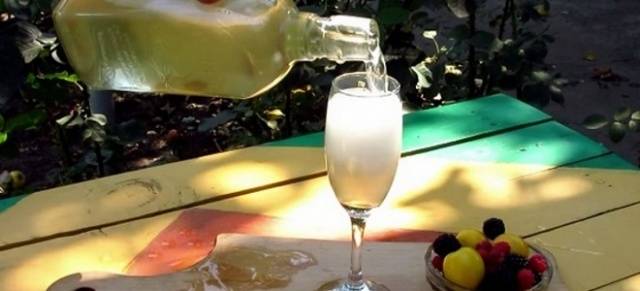
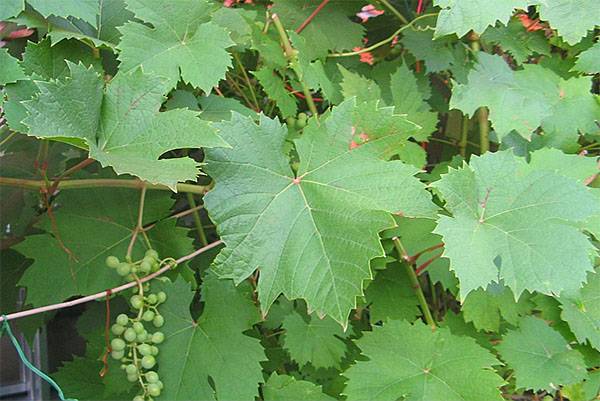
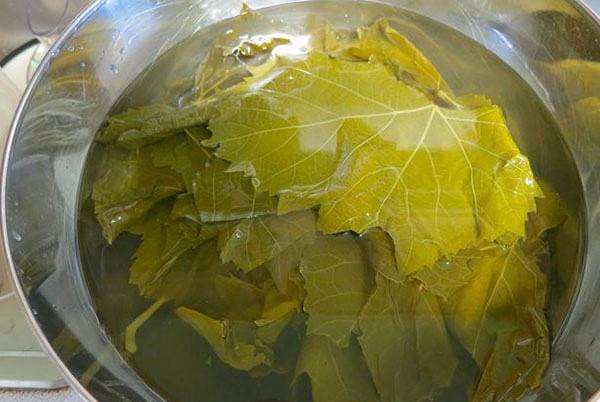
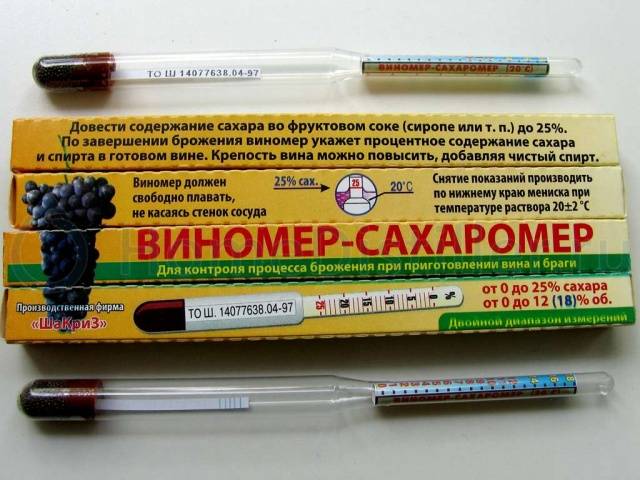
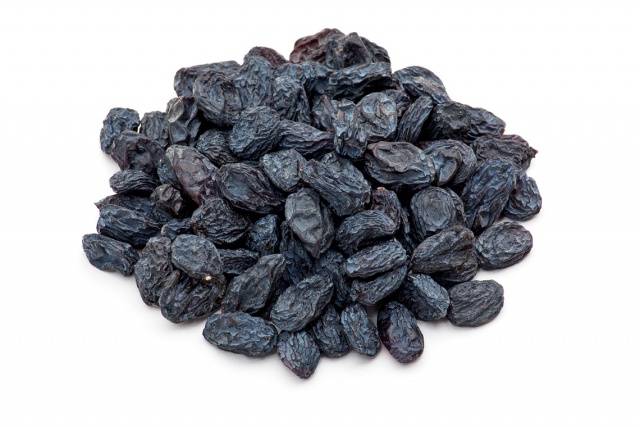
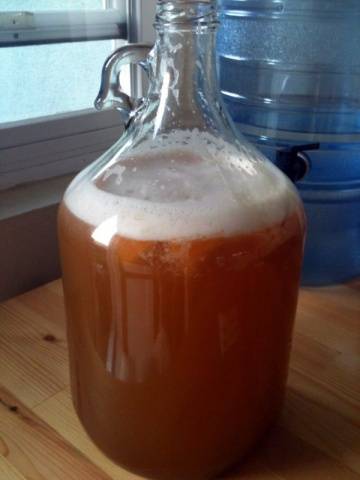
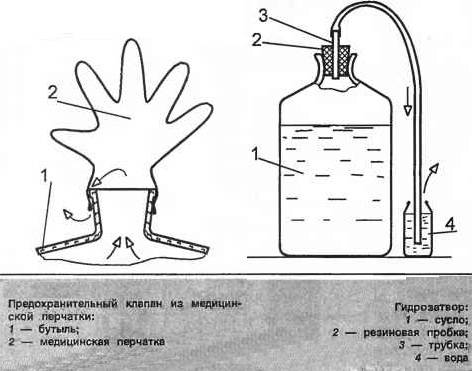

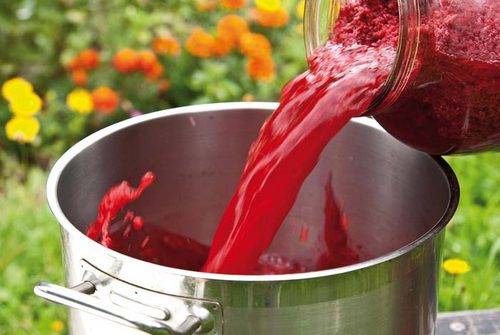
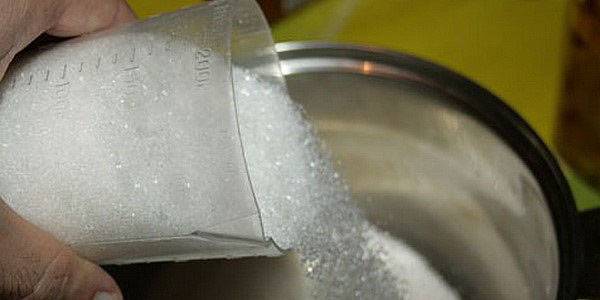
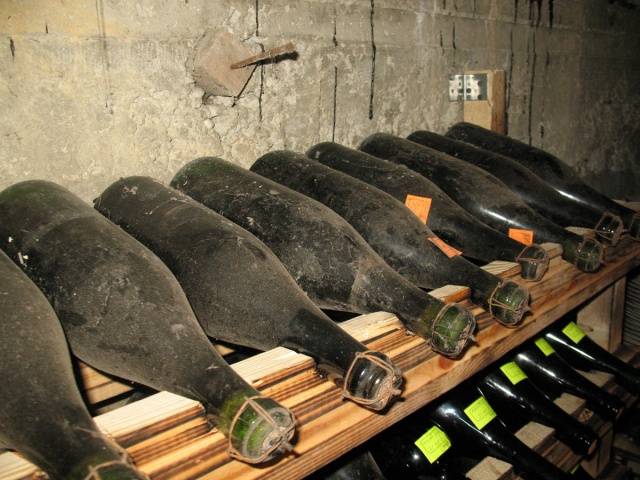





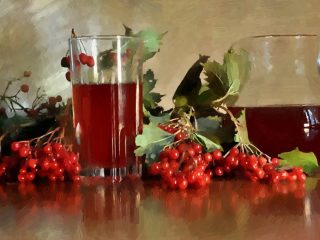


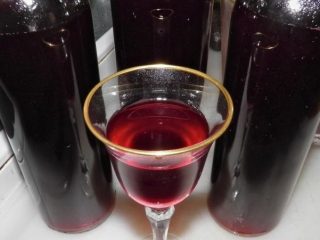

At what temperature should a quiet fermentation of wine from grape leaves take place?